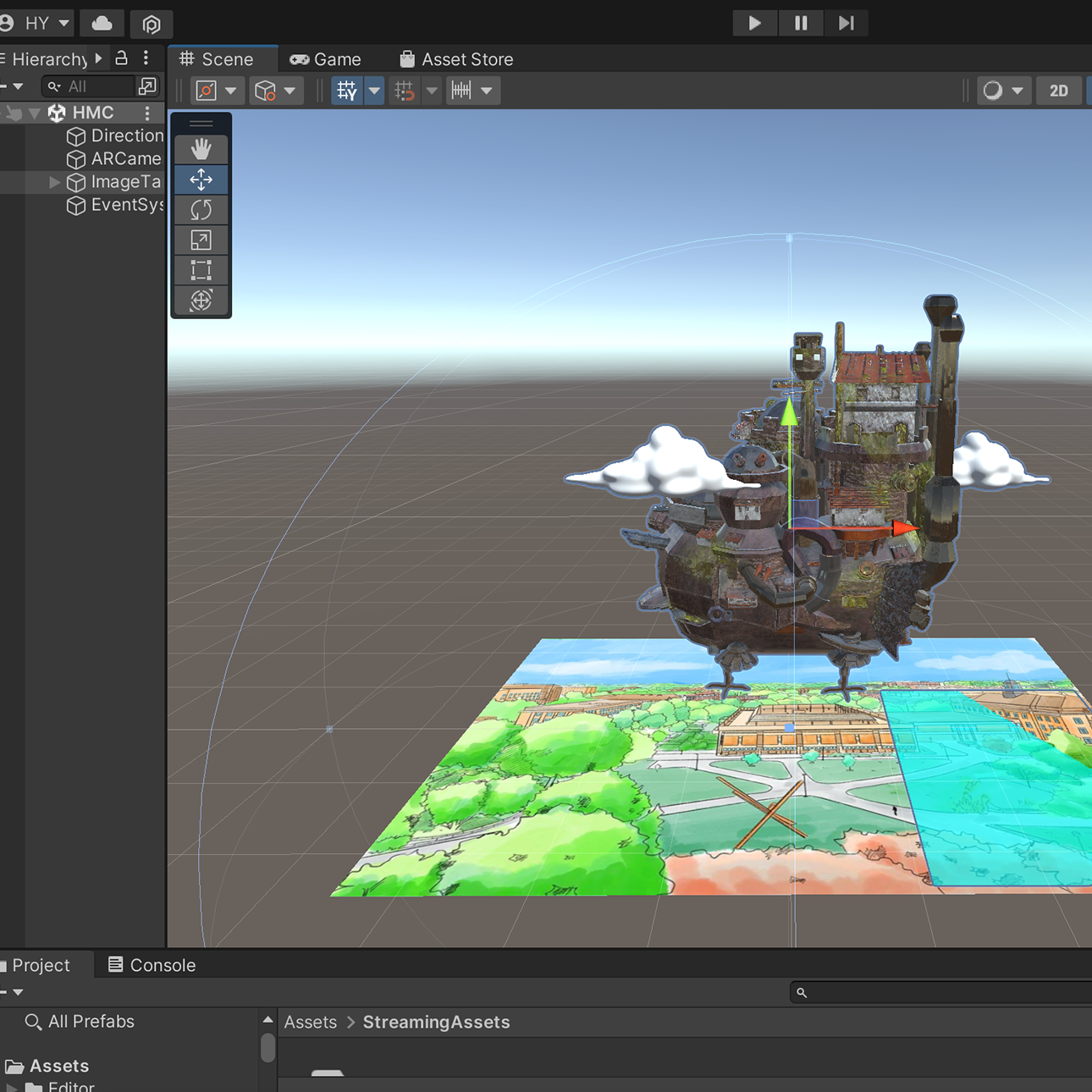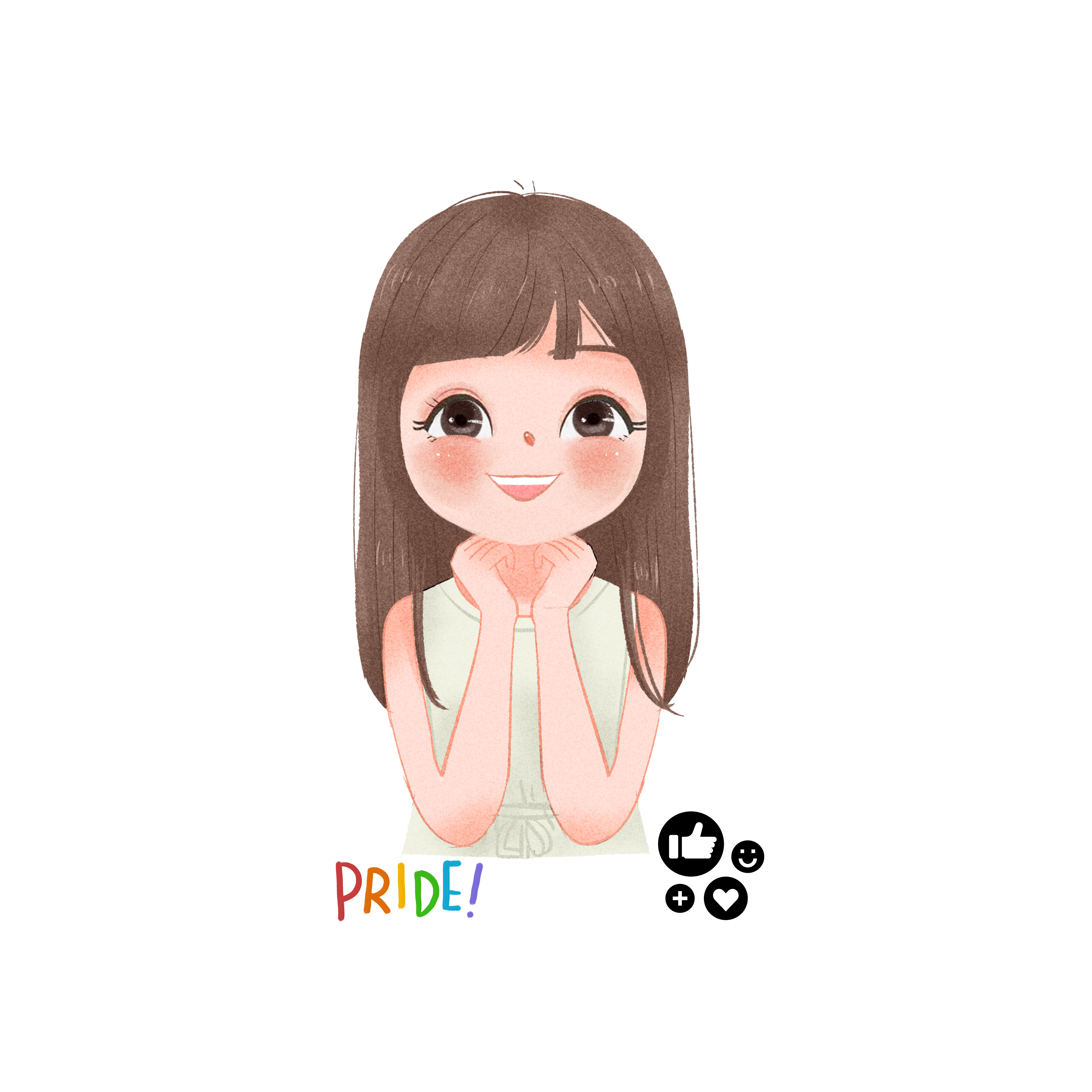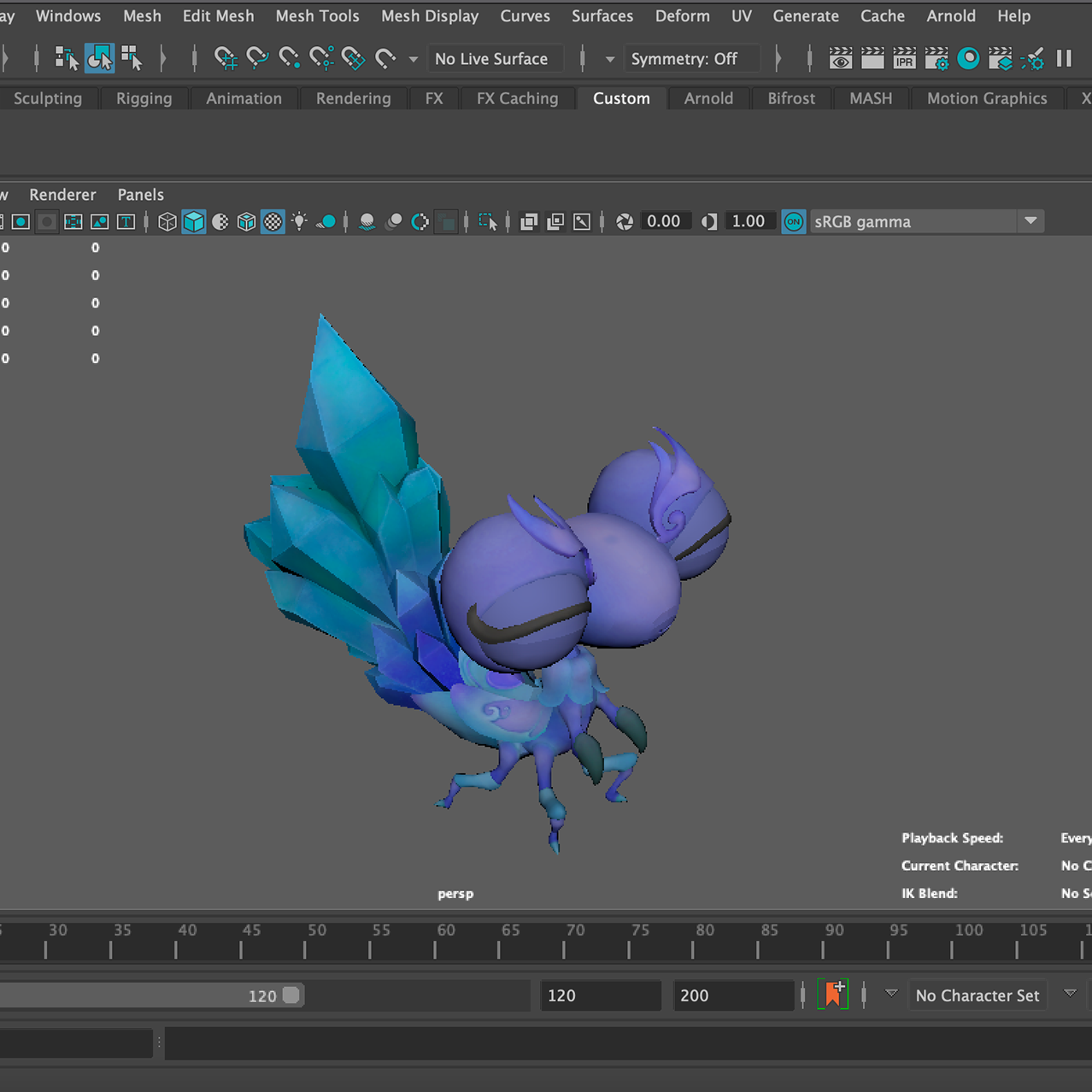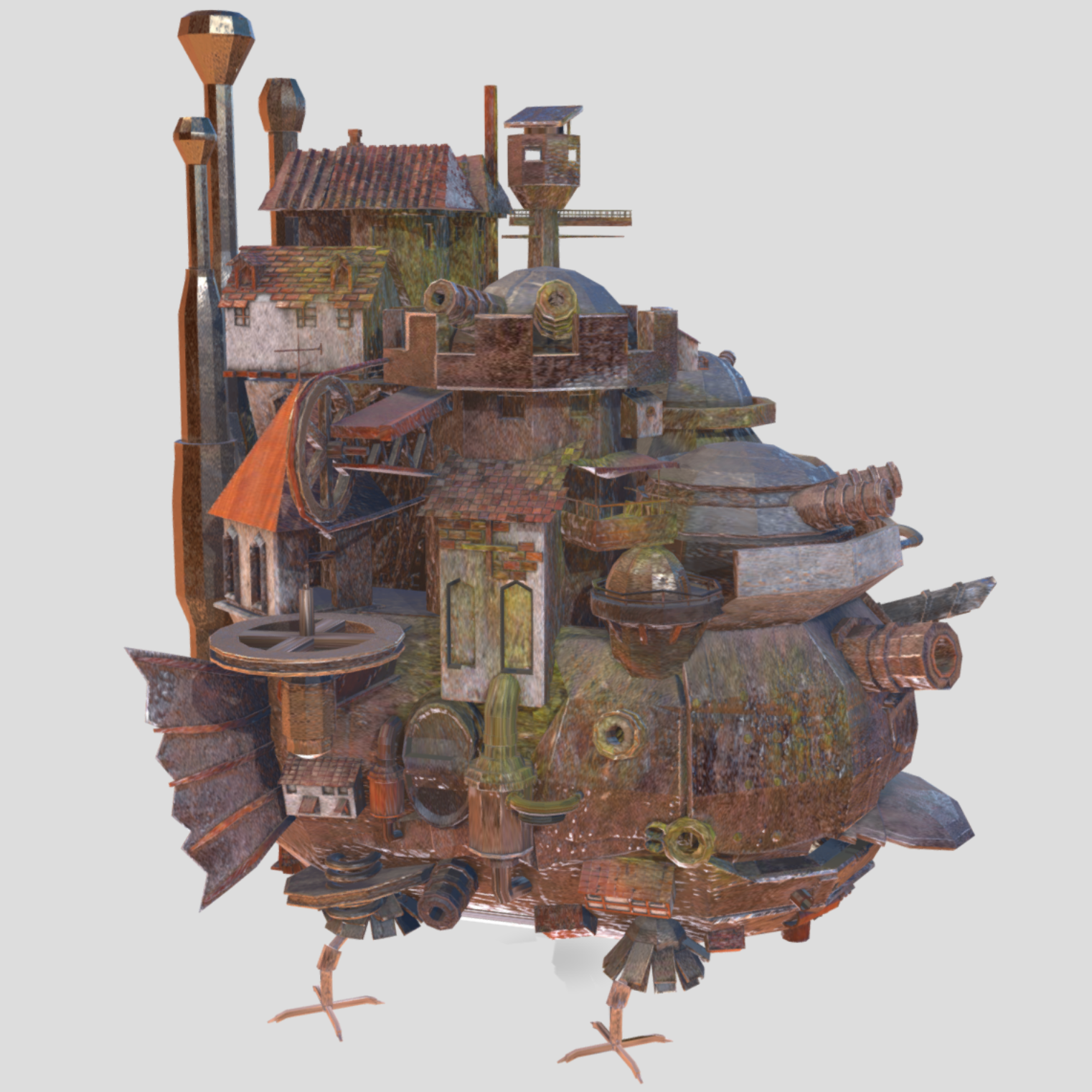Flying Apsara
2022
54in x 24in
Adobe PS, AI
Process
Flying Apsara: Gem in the World's History of Painting
In the Wei, Jin, Southern, and Northern Dynasties (which lasted from 220 to 589), when Buddhism was first spread in some Asian countries, the Flying Apsara “in the murals were also called Feitian.” Later, as Buddhism became more prominent in China, the flying gods and flying immortals of Buddhism were integrated with each other in artistic images, especially in traditional drawings and paintings. The Dunhuang Feitian represents the “flying gods painted in the Dunhuang Grottoes and later became a particular term for Chinese Dunhuang Murals Art” (Wikipedia, 2022). This art is a cherished piece of Chinese culture and history and continues to be celebrated throughout the eras into the modern age.
When creating my own piece, I wanted to combine the rich history of Dunhuang Feitian and the modern elements of digital design. Flying Apsara, my painting, is mainly unrestrained to fly, showing a sense of dynamism and vitality. I hope the creations are vivid and the layout is grouped, with the beginning and the end connected, each figure with its attitude. Flying Apsara includes a female shape with a thin face and a slender body. One figure pattern of bouncing pipa and another reflecting the waist drum. These bouncing musical instruments are contrary to the natural laws of the human body as it is in the tradition of Dunhuang Feitian, and it is an imaginary artistic model. Besides, I wish lines in the painting do not dominate the shape but combined lines and colors.


















